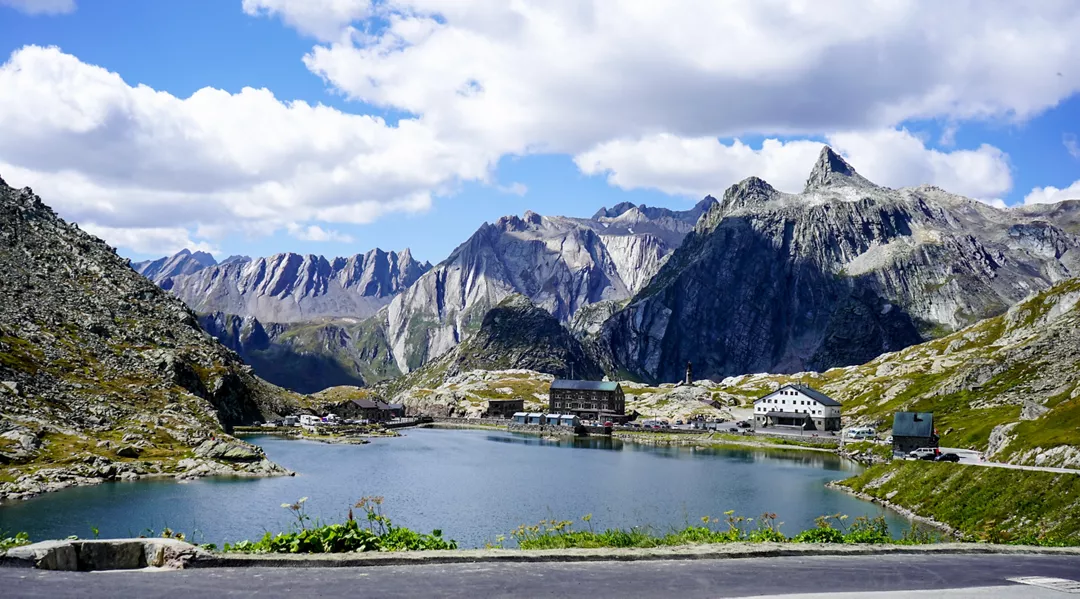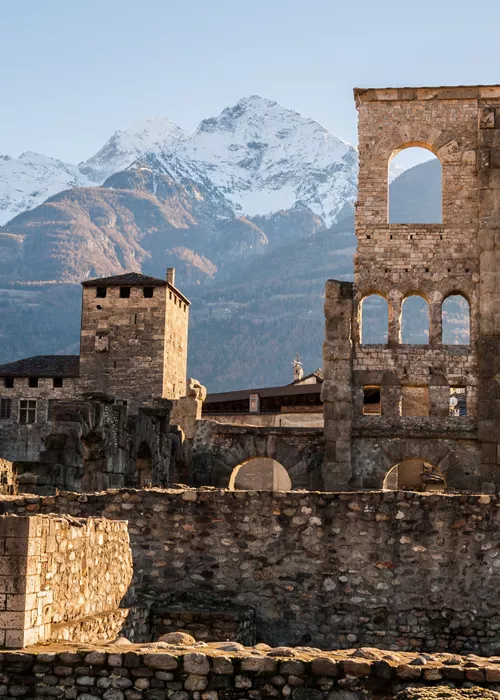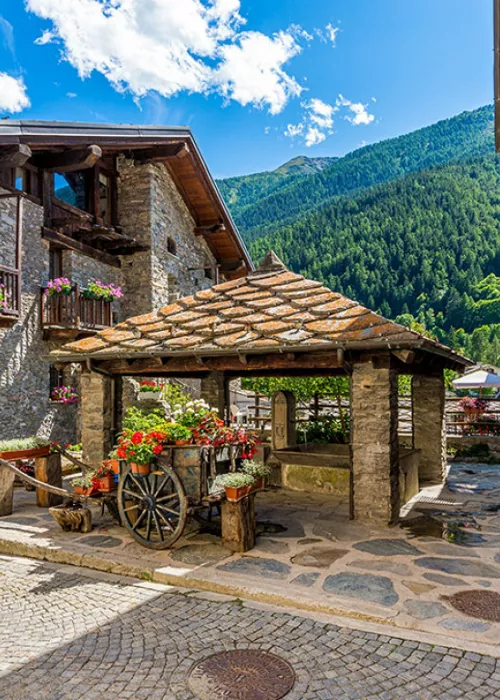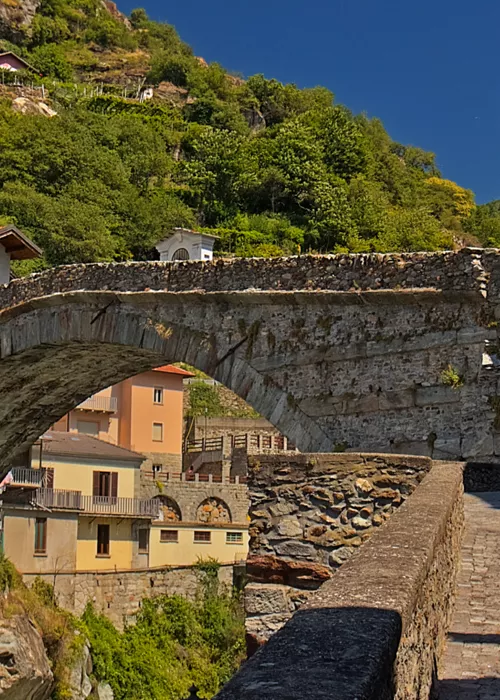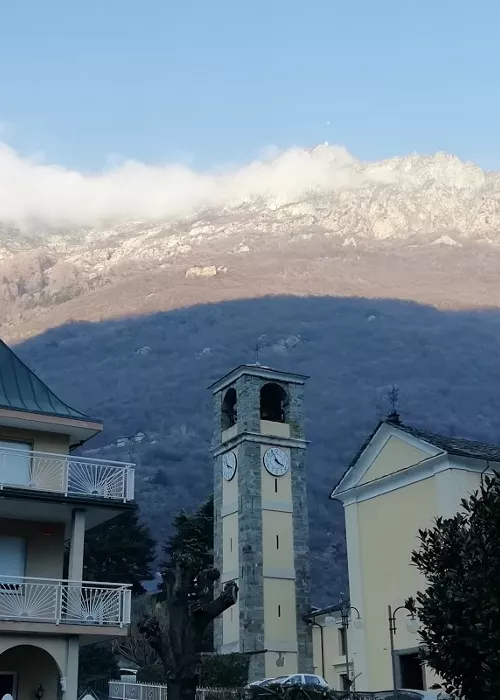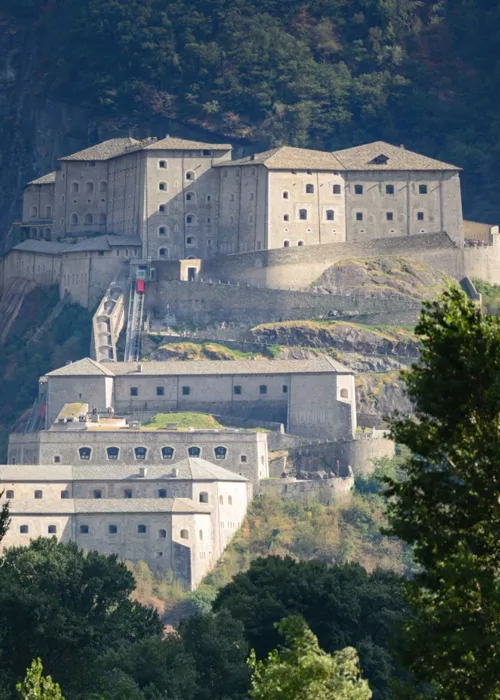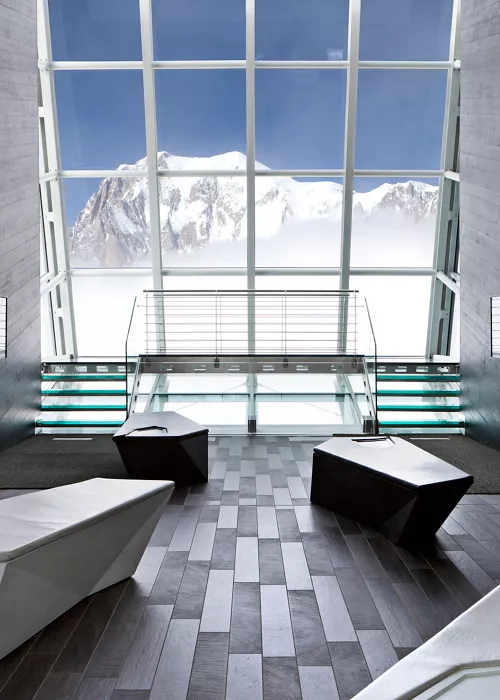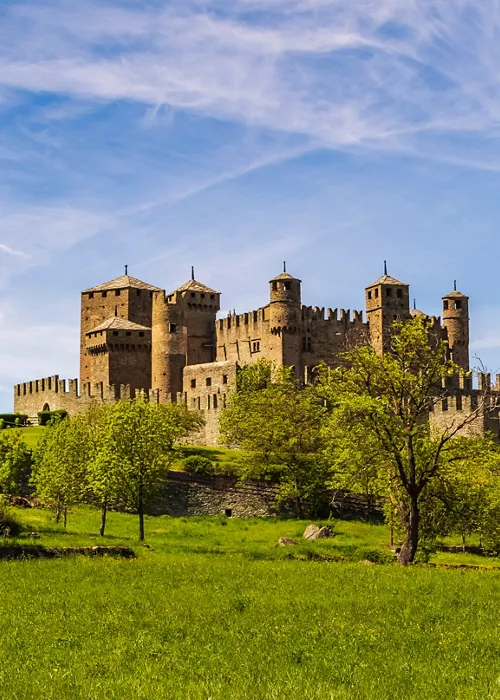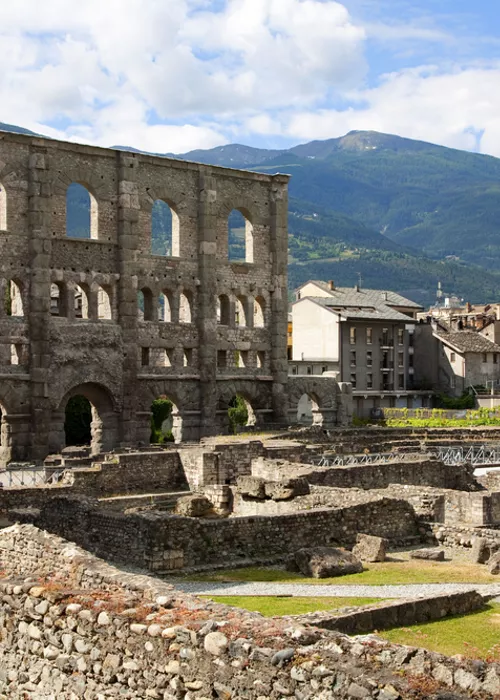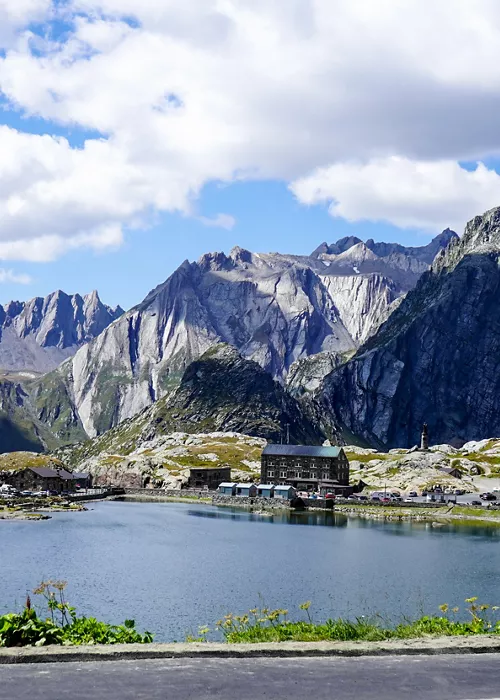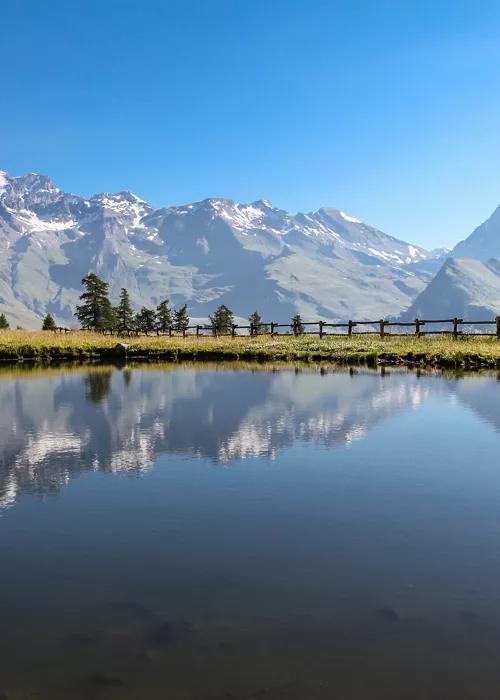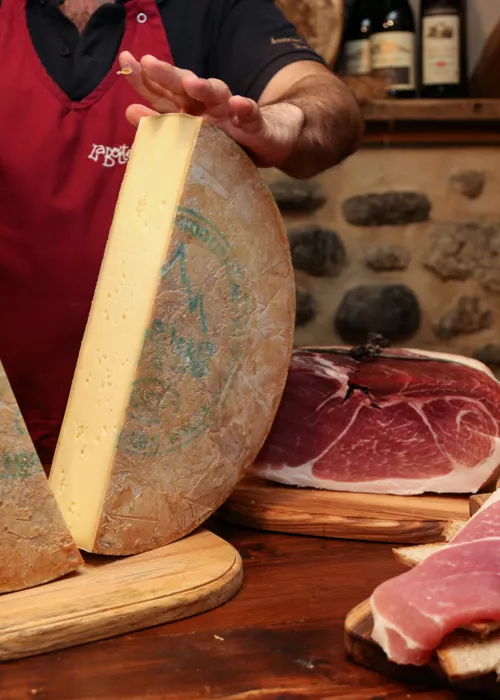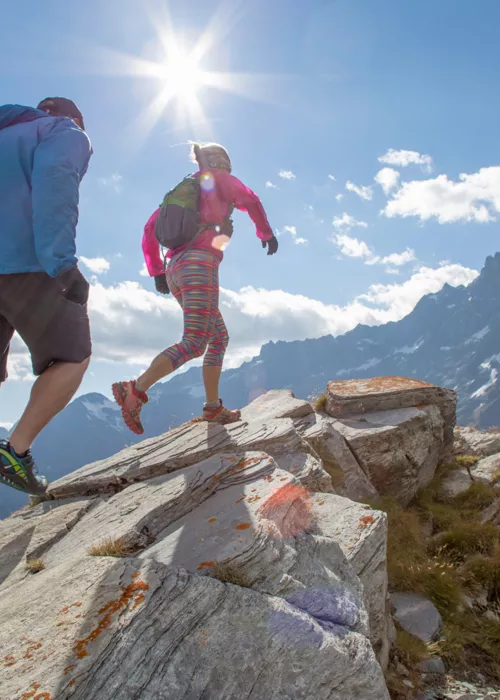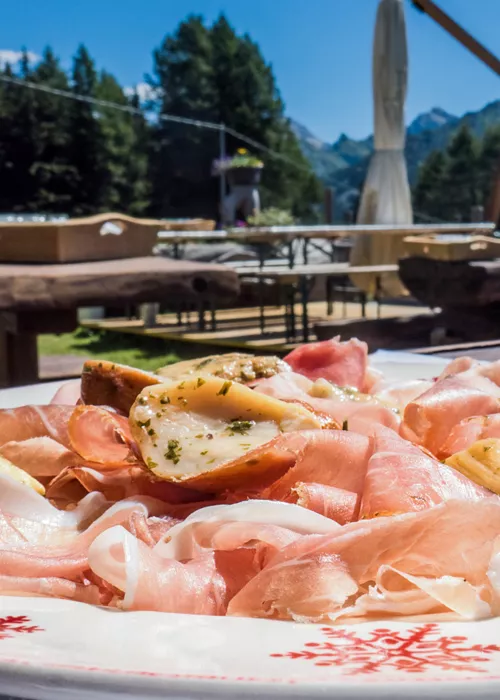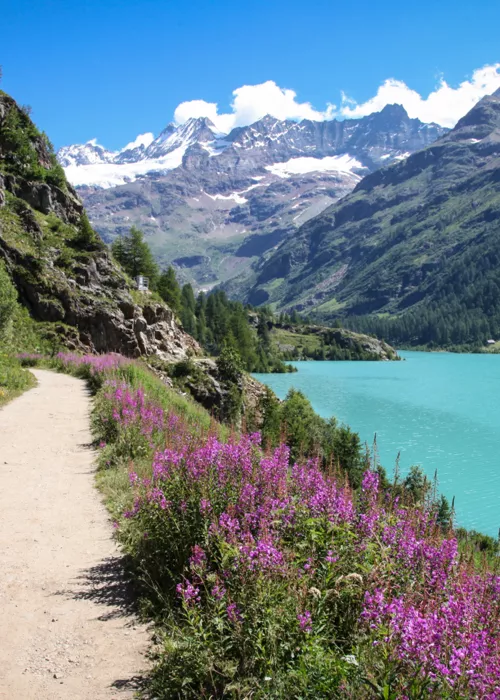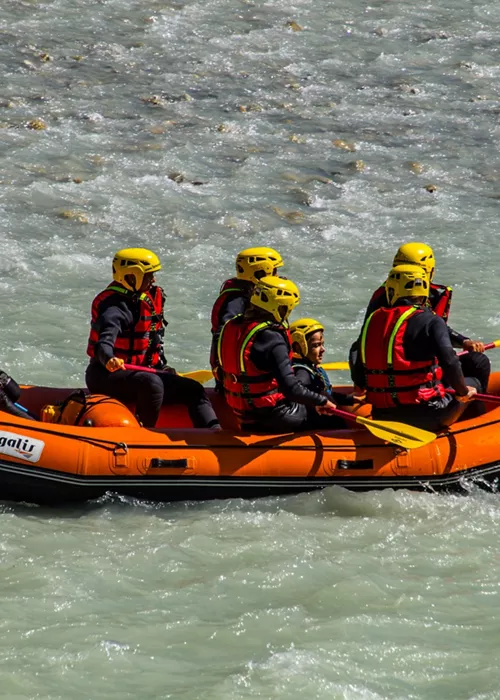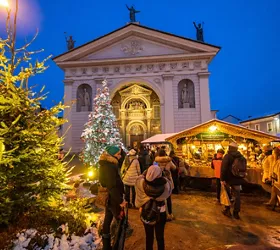Aosta Valley: gateway to the Via Francigena in Italy
2 minutes
The Aosta Valley is home to the first stretch of the Via Francigena in Italy, which is accessed over the Great St Bernard Pass. Characteristic villages and ancient testimony of lengthy Roman domination emerge in these 5 essential places of interest.
Roman Aosta
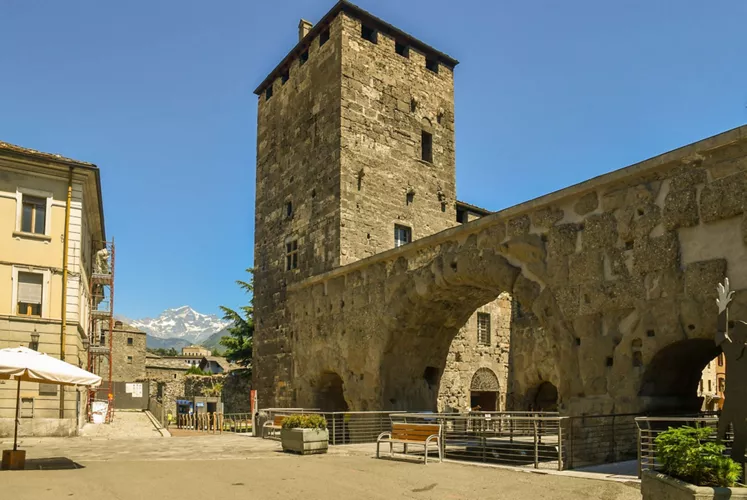
Aosta - the capital of the region - still preserves considerable testimony of its lengthy domination under the ancient Romans, who gave it the name of Augusta Praetoria. Special mention can be given to the Arch of Augustus, the Porta Praetoria (once the main entrance to the city although originally there were four), the ruins of the theatre and the amphitheatre, and the Forensic Cryptoporticus - part of the ancient Roman forum still perfectly preserved underneath the Cathedral.
The Great St Bernard Pass
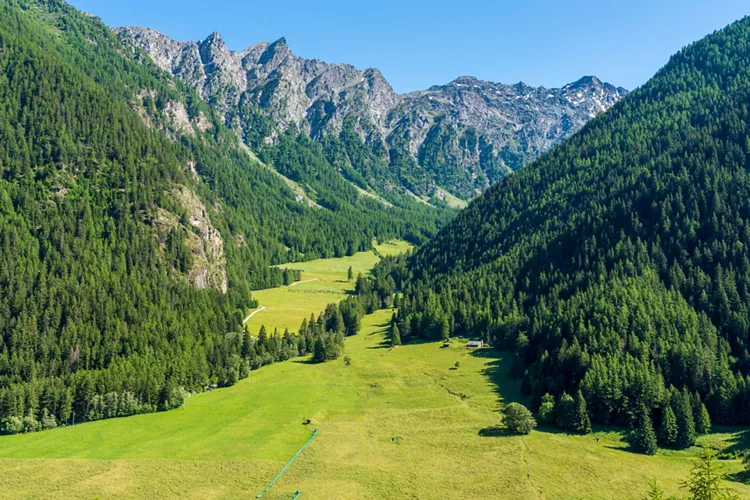
The valley is dotted with tiny, fairy-tale villages that still retain their original structures and grey stone houses decorated with fresh, colourful flowers. Among many others, don't miss Saint-Rhémy-en-Bosses, Saint-Léonard, Saint-Oyen, Etroubles and Echevennoz, with the characteristic "rus", ancient small, artificial canals that irrigated crops in the fields. Nor should you overlook the Museum of the Great St Bernard Hospice, with the adjacent kennels where St Bernard dogs are bred.
The Roman bridge at Pont-Saint-Martin
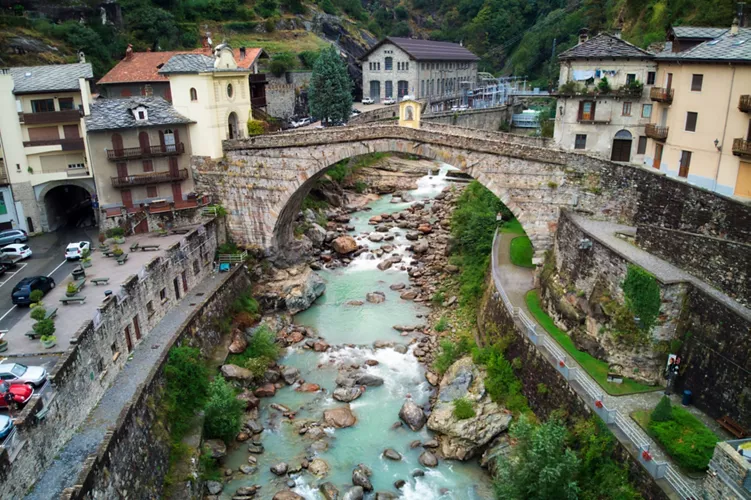
The imposing, monumental Roman bridge in the village crosses the Lys mountain torrent and still preserves the ancient stone paving slabs dating from I century B.C. The statue of the Madonna della Guardia at its feet points to the sanctuary where Martino lived - the hermit who, according to local legend, outwitted a pact with the devil, thereby giving the bridge its name. This is where the Via Francigena truly starts.
The Fort of Bard

The monumental Fort of Bard complex dominates the delightful village from above and, just like the village itself, has remained practically intact since its original construction. It is home to the Museum of Fortifications and Borders, the Museum of the Alps, the grim Prisons and a multimedia itinerary outlining the history of the fortress. Educational workshops and temporary exhibitions are also organized, turning it simultaneously into an historical and modern cultural attraction.
The stretch of Roman road to Donnas
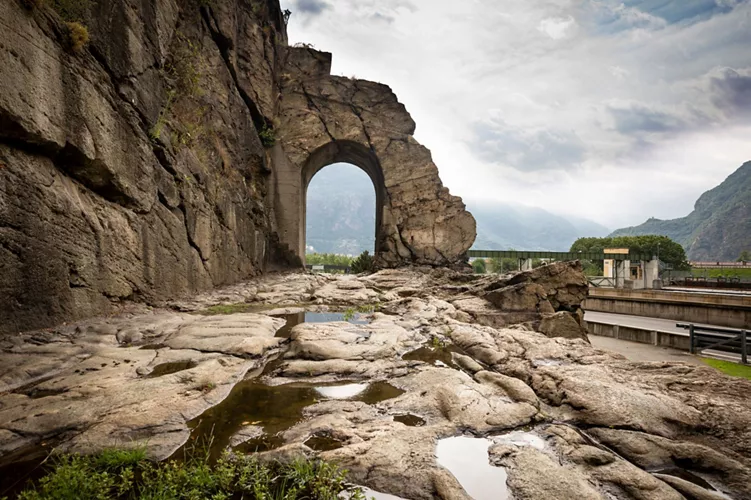
The stretch of the Roman Gallic Road entering the town of Donnas is particularly interesting: it was cut into the rock by the ancient Romans for more than 200 metres in length and involved a distinctly avant-garde technique. In the Middle Ages, it was the entrance gate to the village through an arch standing 4 metres high which was closed at night. A little further on, a milestone still carved into the rock indicates the distance from Augusta Praetoria, the ancient Aosta.

